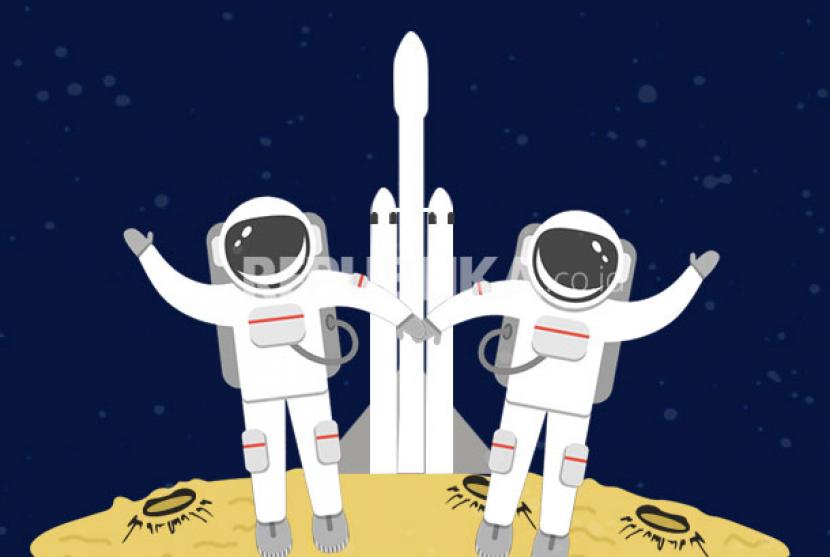REPUBLIKA.CO.ID, JAKARTA — Even though they are beyond the numbers, astronauts still have the same basic needs as humans on earth to use the toilet. Reported by the page Space on Tuesday (5/3/2024), American astronaut Alan Shepherd, on May 5 1961, told the launch pad team that he needed to urinate.
Shepherd did as instructed, urinating in his spacesuit, thereby short-circuiting his electronic biosensors. Shepherd’s spacesuit is not yet equipped with a urine collection system because the mission is not expected to last long enough for him to need to urinate.
NASA took no such risks with John Glenn’s mission to outer space during the first Mercury orbital flight on February 20, 1962.Glenn’s spacesuit was equipped with the first functioning urine collection system, a wearable restraint belt, rollable latex cuffs, plastic tubes, valves and clamps, as well as a plastic collection bag, which would confirm the system used by astronaut men during the space shuttle program. In fact, Glenn’s urine collection system is so historic that it has been on public display at the National Air and Space Museum since 1976.
How do toilets work in space?
Toilets come in various forms on earth, depending on culture and geographic location. But University at Buffalo Associate Professor of Geology Tracy Gregg wrote in The Conversation wrote, one principle applies to all toilets on terra firma, whether holes in the ground or with built-in bidets, waste disposal relies on gravity.
The microgravity experienced in space can make the process of removing human waste more complicated, even dangerous. The lack of gravity means trash can float away from workers in space, which is not only dangerous for astronauts’ health. However if this happens in Space Station International (ISS) or other space stations, free-floating debris can damage sensitive equipment.
This means that instead of relying on gravity to remove waste, toilets on the ISS and space shuttles use suction and airflow. According to the Japan Aerospace Exploration Agency (JAXA), the weak space gravity means that, in addition to using a suction device, astronauts on the space shuttle have to strap themselves to the toilet when carrying out activities.
Microgravity is counteracted by numerous handles and steps that ensure astronauts won’t fall asleep on the toilet at critical times. When urinating, astronauts attach a suction funnel to their skin to prevent leaks. Gregg said that when the toilet lid is lifted to remove solid objects, suction begins immediately to reduce the smell.
2024-03-05 13:20:03
#Astronauts #Toilet #Space #Republican #Online


